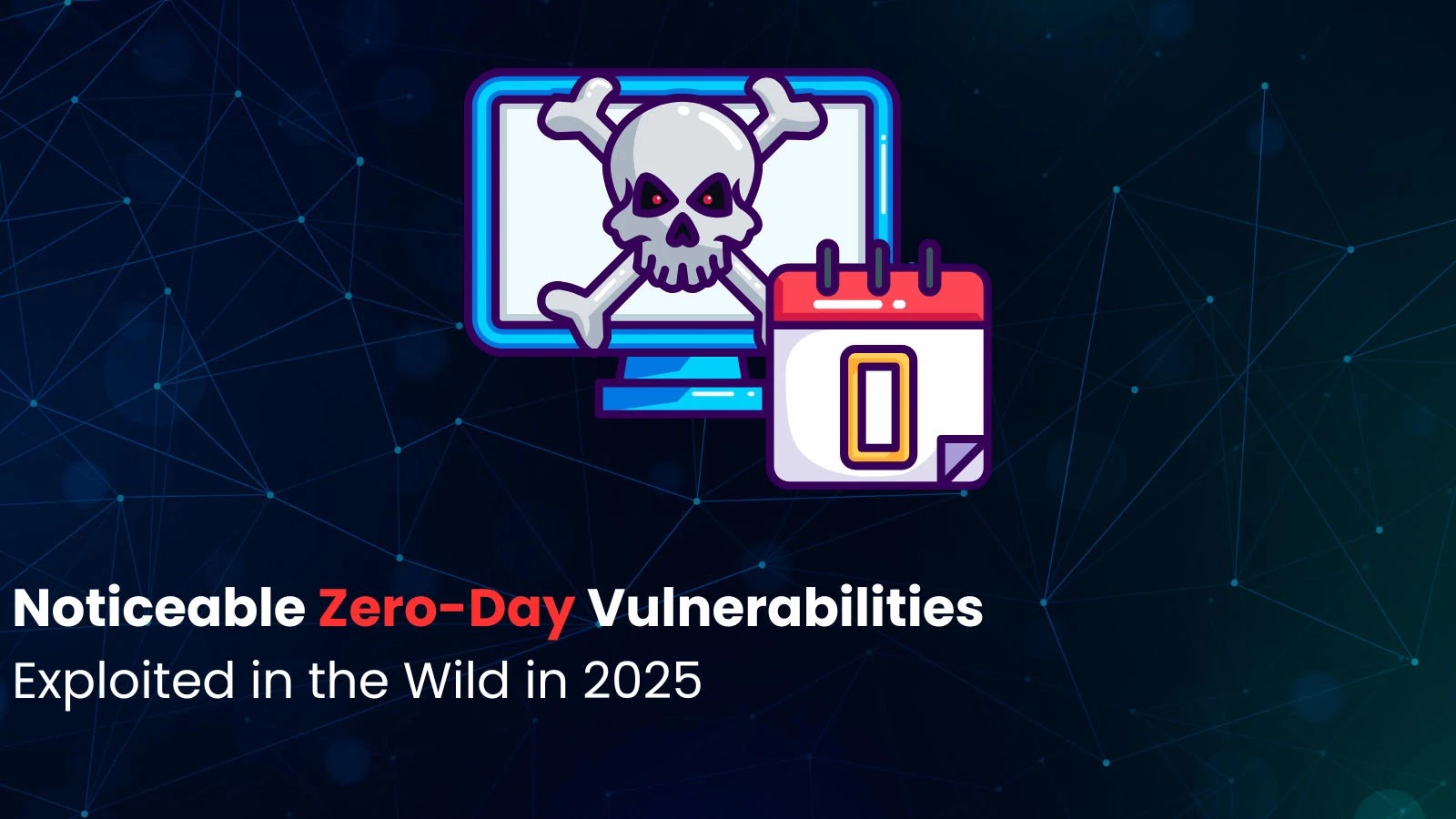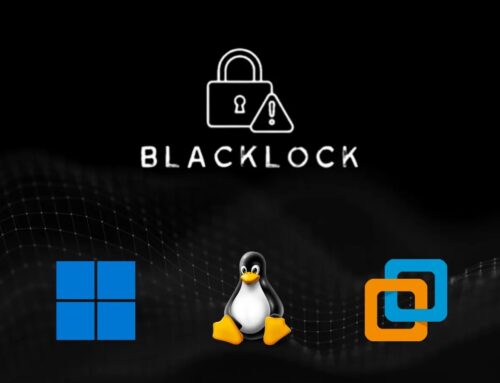
Top Zero-Day Vulnerabilities Exploited in the Wild in 2025
Navigating the Treacherous Landscape of 2025 Zero-Day Exploits
The year 2025 has cemented its place as a landmark period in cybersecurity, characterized by an unprecedented surge in zero-day vulnerabilities actively exploited in the wild. This aggressive landscape presents a formidable challenge for organizations and security professionals alike. Recent data paints a stark picture: over 23,600 vulnerabilities were publicly disclosed in the first half of 2025 alone, marking a significant 16% increase compared to 2024 figures. This alarming trend underscores the sophisticated tactics of threat actors, including well-resourced nation-state groups, who are increasingly leveraging these unknown flaws to achieve their objectives. Understanding the nature of these exploited zero-days is paramount for effective defense.
The Escalation of Zero-Day Exploitation in 2025
The sheer volume of new vulnerabilities in 2025 highlights a critical shift in the threat landscape. Attackers are not just finding more vulnerabilities; they are identifying and exploiting them before patches are available at an accelerated pace. This significantly shrinks the window of opportunity for defenders. The increase isn’t just numerical; the sophistication of the exploits themselves has also advanced, often chaining multiple vulnerabilities to achieve deeper system compromise or bypass existing security controls. These zero-day exploits 2025 incidents often target critical infrastructure, intellectual property, and sensitive personal data, making proactive defense and rapid response capabilities more crucial than ever.
Case Study: A Critical OS Kernel Zero-Day (Hypothetical)
While specific zero-day details are often embargoed or only revealed post-patch, we can analyze the characteristics of a typical, devastating exploit. Imagine a hypothetical scenario: a critical vulnerability within a widely used operating system kernel. This type of flaw, often a privilege escalation vulnerability, could allow an unprivileged attacker to gain full control over a compromised system, rendering traditional security measures ineffective. Such an exploit would be highly prized by nation-state actors and advanced persistent threat (APT) groups.
Remediation Actions for Kernel-Level Zero-Days
- Implement Least Privilege: Restrict user and process permissions to the absolute minimum necessary. This limits the blast radius if an attacker successfully exploits a privilege escalation vulnerability.
- Regular Patching (Once Available): As soon as an official patch is released by the operating system vendor, prioritize its immediate deployment. For kernel vulnerabilities, downtime for patching is often unavoidable but critical.
- Endpoint Detection and Response (EDR): Deploy and optimize EDR solutions capable of detecting anomalous process behavior, unusual system calls, and memory corruption attempts that might indicate exploit activity.
- Network Segmentation: Isolate critical systems and sensitive data on separate network segments. This can contain lateral movement even if a system is compromised.
- Secure Configuration Management: Regularly audit and enforce secure configurations across all systems to reduce the attack surface.
The Browser Vulnerability Vector (Hypothetical)
Another common target for zero-day vulnerabilities continues to be web browsers. Imagine a hypothetical remote code execution (RCE) vulnerability in a popular browser’s JavaScript engine (e.g., CVE-2025-XXXXX – hypothetical CVE). Such a flaw could allow an attacker to execute arbitrary code on a user’s machine simply by tricking them into visiting a malicious website. This is a favorite vector for initial access by various threat actors, including financially motivated cybercriminals orchestrating ransomware attacks.
Remediation Actions for Browser-Based Zero-Days
- Rapid Browser Updates: Ensure all user browsers are set to automatically update and enforce these updates rigorously across the organization.
- Web Application Firewalls (WAFs): Deploy WAFs to detect and block malicious web traffic, including attempts to exploit client-side vulnerabilities.
- Content Security Policy (CSP): Implement strong CSPs on internal web applications to mitigate the impact of client-side script injection attacks.
- Browser Isolation: Consider browser isolation technologies that run web content in a separate, secure environment, protecting the endpoint from direct exploitation.
- User Awareness Training: Educate users about the dangers of phishing, suspicious links, and unsolicited downloads.
Essential Tools for Zero-Day Defense
Proactive defense against zero-day exploits requires a layered security approach leveraging various tools and technologies. These tools aid in detection, analysis, and mitigation, forming crucial components of a robust cybersecurity posture.
| Tool Name | Purpose | Link |
|---|---|---|
| Endpoint Detection & Response (EDR) Systems | Real-time monitoring, detection, and response to malicious activities on endpoints. | Gartner on EDR |
| Intrusion Prevention Systems (IPS) | Network-based detection and prevention of known and some unknown attack patterns. | Snort (example) |
| Vulnerability Scanners | Identifies known vulnerabilities in systems and applications (crucial for post-patch confirmation). | Nessus (example) |
| Security Information & Event Management (SIEM) | Aggregates and correlates security logs from various sources for threat detection and incident response. | Splunk (example) |
| Threat Intelligence Platforms (TIPs) | Provides actionable intelligence on emerging threats, including TTPs (Tactics, Techniques, and Procedures). | Recorded Future (example) |
Key Takeaways for Strengthening Your Security Posture
The zero-day vulnerabilities 2025 landscape demands vigilance and adaptability. The significant increase in exploited flaws underscores that security cannot be a static endeavor. Organizations must prioritize building resilient systems and cultivating a proactive security culture. Invest in advanced detection capabilities like EDR and SIEM to identify anomalous behavior. Regular security audits, robust patch management processes (when patches are available), and comprehensive employee training remain fundamental. A layered defense strategy, coupled with a proactive threat intelligence program, offers the best defense against the evolving and aggressive nature of zero-day exploits.





